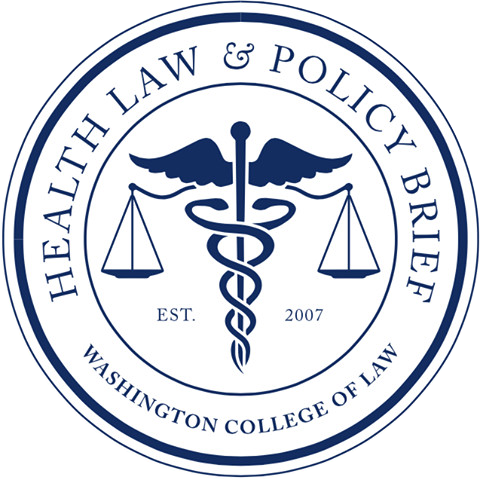At the height of the pandemic, the public became increasingly aware of the socioeconomic disparities in health care. The prevalent news coverage of the pandemic and Black Lives Matter (“BLM”) movement shone a spotlight on the inequality suffered by people of color and its effects. Studies revealed that racial and ethnic minorities were infected and killed by COVID-19 at higher rates in comparison to their White counterparts due to inadequate access to testing and vaccines. Essential workers, whose numbers predominantly consisted of racial and ethnic minorities, had a higher likelihood of exposure to infectious diseases and often faced workplace mistreatment to the detriment of their health. In other instances, Black Americans seeking treatment for a range of symptoms were turned away by medical professionals who refused to believe their symptoms were genuine.
In a post-pandemic world, an essential aspect of improving such disparities is to acknowledge and address the role of institutional racism in the healthcare sector. Various institutions have created educational opportunities specifically on this topic to encourage inclusive and effective conversations on how to combat such issues. The Morehouse School of Medicine designed the Community Health Course (CHC) to train first-year medical students to identify deep-seated biases, understand disadvantaged communities’ struggles to access quality care, and recognize ways to advocate for said communities through future work. Similarly, other institutions, such as Vanderbilt University and Rutgers New Jersey Medical School, crafted curricula that explore the relationship between social factors, health, and healthcare. Such educational programs among healthcare professionals signal an upcoming generation of health professionals determined to address these issues.
Workforces have taken a similar approach, using policies and training to encourage diversity, equity, and inclusion. The American Medical Association (“AMA”) adopted guidelines and anti-discrimination policies to promote awareness and safety among workers. The AMA’s new policies promote education on systemic racism and its effects in healthcare settings. Additionally, these policies detail the protocol for handling complaints with urgency and seriousness. Many hospitals have followed suit by implementing diversity initiatives, creating training programs, and refining recruitment practices. More specifically, several residency training programs have improved their screening process to ensure underrepresented minorities (“URM”) have mentorship opportunities, minority faculty representation, and implicit bias training. For places lacking programming, “Safe Space” was founded by Dr. Deanna Stewart to provide a free diversity training program for healthcare employees and hospitals. Dr. Stewart’s program focuses on concepts such as systemic racism, privilege, unconscious bias, and discriminatory beliefs.
Educational and workplace efforts to combat disparities in health care have laid the groundwork for future advancements in diversity, equity, and inclusion. While disparities will not be solved through these methods alone, such efforts encourage further policy improvements in various settings to tackle issues the pandemic brought forth.
